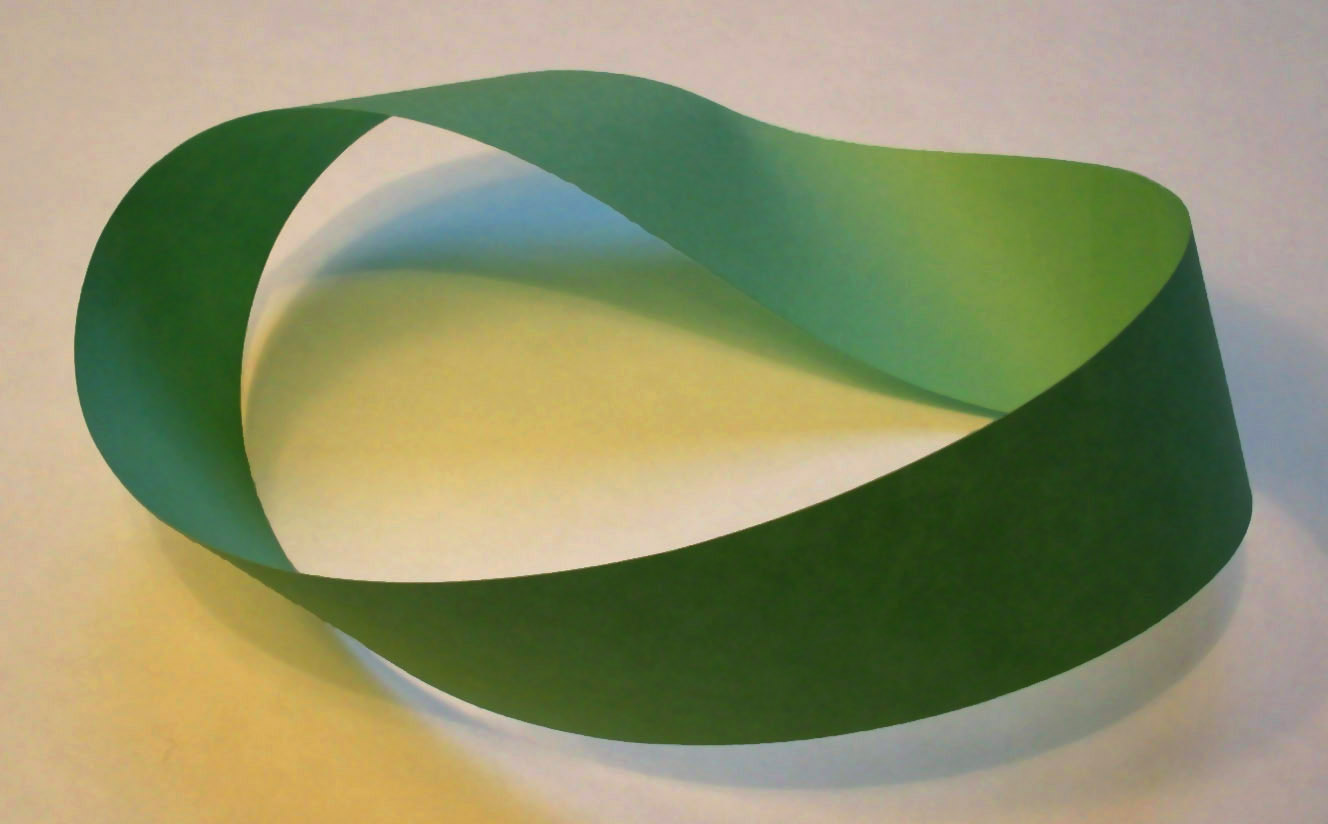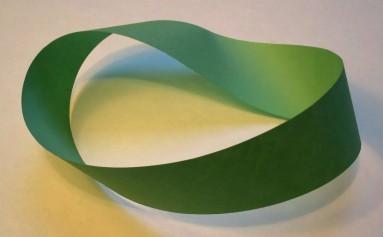Namwali Serpell’s “The Sack” stands on its own, if it must. When I discussed the story with a classroom full of undergraduates—as part of my “Global Contemporary Short Story” class—I think they found it both rewarding and challenging, which is a nice way of saying it was frustrating, but that there can be something nice about being frustrated. There is a certain formal unity to the story, in that the beginning feels like a beginning and the ending feels like an ending—leaving the middle free to feel like itself—and yet, at the same time, that narrative arc does anything but resolve. It ends up where it began, yet inverted, like running your hand along a Möbius strip until you reach the same point (but underneath) and there’s nothing to do but keep going until you get back to the beginning. If you began in the sack, you end up on the outside, or vice versa: if once you saw from the outside, now you see from the inside. But in the very neat and precise machinery of the story’s narrative completion, it un-resolves itself, taking you back to the beginning… only now, you’re inside out, upside down, looking out from looking in. If you turn a sack inside out, you’ll find yourself holding, again, a sack.
Serpell is the rare writer whose earliest fiction is already preceded by a formidable work of literary criticism, the book she published last year called Seven Modes of Uncertainty, but which has been in different stages of preparation for over a decade (it began as the PhD dissertation, she completed in 2008, though the project has grown and evolved quite a bit since then). I found it helpful to read. This is not always the case; many critics make terrible fiction writers, and many fiction writers make the worst critics. In her introduction, in fact, Serpell discusses a broadcasted conversation between Lionel Trilling and Vladimir Nabokov—respectively playing Critic and Author from central casting—and though Trilling was an author and Nabokov was, also, a critic, their conversation produced a symmetrical conflict between the outsider looking in to the work of art and the insider looking out. They saw anything but eye to eye. Or at least they did, in that moment, in that conversation in 1958. Who knows what Nabokov thought of his novel when he wasn’t performing Author? Or what Trilling thought of his own writing, when he was?
Among other things, the point was that critics and writers do not and cannot read the same way, but it’s fine that they don’t, and maybe even necessary that they stay at arm’s length. Perhaps what a critic can say is dependent on what a writer can say, but which the critic cannot, and vice versa? In any case, while Namwali Serpell is one person, her fiction writing and her critical writing are at most and at least adjacent to each other. In the reading below, she describes this adjacency as a conversation which she isn’t party to, like Jekyll scribbling marginalia in Hyde’s books, and said that she makes a point of alternating between academic and creative writing, with as little overlap as possible. There’s something about that suspension that feels exactly right, and I find myself—again—going back to the image of the Möbius strip, the way critical brain and creative brain are on opposite sides of the same single-sided strip.
How should we read “The Sack”? It’s a story that is susceptible to being read as an allegory of reading, if one is so inclined to read it that way: as Lily Kroll observes, the story “calls into question the privilege of readers’ insight” by letting us follow a path that takes us back to where we started. Like so many stories, the opening tempts us to search for meaning, to pick up the pieces, to look for clues, and to discern connections. Who are these people? What is their history together? What is the story behind this story? But if we struggle to see in the story what it is initially hidden—to look in the sack to find what’s inside—we’ll find, looking inside, that we end up inside the sack, ourselves, peering out. What is inside a skin? Which is the inside, which the mask?
It seems likely that one of the two J’s of the story is a white man, for example, and the other a black man. Their names are Jacob and Joseph—there is a third, Naila, the woman who gives their mimetic triangle its second dimension, and a boy who may or may not be a function of a coupling—but the narrative withholds the knowledge of which J is “J” and which J is “the old man.” In the absence of Naila, it doesn’t seem to matter; a two-dimensional triangle reverts to a one dimensional form. By the same token, if one of them is white and one is black—if the old man means something when he says, of J, that “I know what the colour of my skin means to someone of our generation”—it’s hard to find where this withheld fact impacts the narrative, or what recovering it does for our reading of the story. What does it matter? What would it help us to know about their relationship? For a relationship apparently constituted by the phenomenology of race, race turns out to be one-sided, with nothing underneath. In being a story all about race, it finds that race is nothing to be about, all surface, no depth. Like a sack, perhaps? But a sack doesn’t need to be deep to contain oblivion.
If “The Sack” is about reading—if “reading” is what’s inside the sack—then it’s a sack whose outside contains everything else in the world: call the outside of a sack “the inside,” and suddenly it contains the whole world, bounded in nutshell, troubled only by bad dreams. If it’s about race, then it’s about how we struggle to look beneath surfaces that reveal nothing more than new surfaces. As we oscillate between white and black, between J and J, the inadequacy of the only thing we have becomes ever more perilously obvious. And if the story is about gender—and this, too, is what it’s primarily about—then it’s about the inevitable flattening of masculinity into violence when men are deprived of an other to be masculine against, the narcissism of the subject which men use women to blunt and muffle. Or perhaps it’s about something else entirely? Perhaps it definitely is.
I found these things when I looked in this sack, in part, because I dreamed about them and then they came to life. You might dream something different, and find it. You might have no choice but to do so, because you have to choose. As Serpell observes in Seven Modes of Uncertainty, this is where reading cannot escape the problem of ethics: literature produces free choice because the reader must decide what something means,and yet it’s a free choice which the text forces on us. That’s an uncomfortable place to find yourself, as reader, to be forced to take responsibility for what you chose to put in the sack. Passivity can be an alibi for readers who prefer to keep their hands clean, to let the author carry the burden. But what if, instead of playing detective, soothsayer, code-breaker, psychoanalyst—instead of being readers who follow the trail of breadcrumbs as mindlessly as ants—what if we are projecting our dreams forward as we read, living out what we imagined into existence? One retreat from that paradox—that freedom which becomes mandatory as you slide your hand along the Möbius strip and inside turns seamlessly into outside—is to take refuge inside the withheld narrative object, the un-said, to disown responsibility for the dream by finding it in the sack, suspending it there, burying it there, waiting for it there. It's not in me, you might say, it's in the sack. But if there is one thing “The Sack” does, it turns out, it’s to insist on turning that sack inside out.

